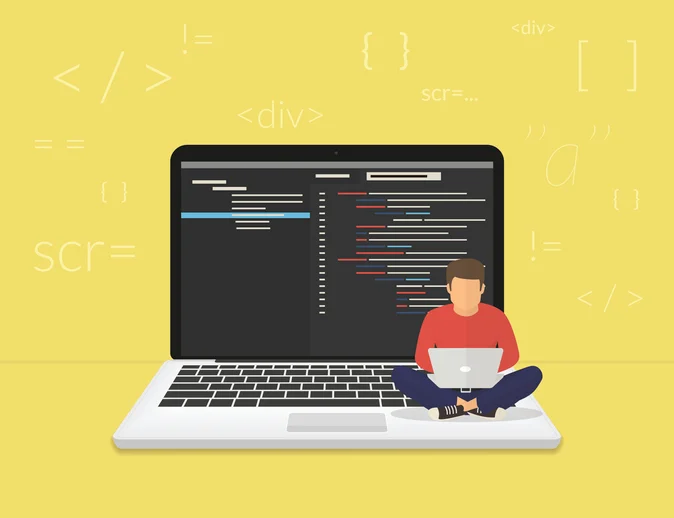Signs of Good Code: Checklist to an Effective Code Audit
Writing good code is a skill that takes practice and dedication. But how do you know if your code is good? A code audit is a great way to assess the quality of your code. Here's a checklist to help you conduct an effective code audit:
1. Readability
The first step in any code audit is to read the code. Does it make sense? Is it easy to follow? Is it well-structured and organized? Good code should be easy to read and understand.
2. Efficiency
Good code should be efficient. Does the code do what it needs to do in the most efficient way possible? Are there any unnecessary steps or processes? Are there any areas where the code could be optimized?
3. Security
Security is an important factor when it comes to code. Does the code contain any security vulnerabilities? Are there any areas where the code could be improved to make it more secure?
4. Documentation
Good code should be well-documented. Are there any comments or documentation that explain what the code is doing? Is there any documentation that explains how to use the code?
5. Testing
Good code should be tested. Are there any tests that have been written to ensure that the code is working as expected? Are there any areas where the code could be improved to make it more robust?
Conclusion
Conducting a code audit is a great way to assess the quality of your code. By following this checklist, you can make sure that your code is readable, efficient, secure, well-documented, and tested. Doing this will help ensure that your code is of the highest quality.



